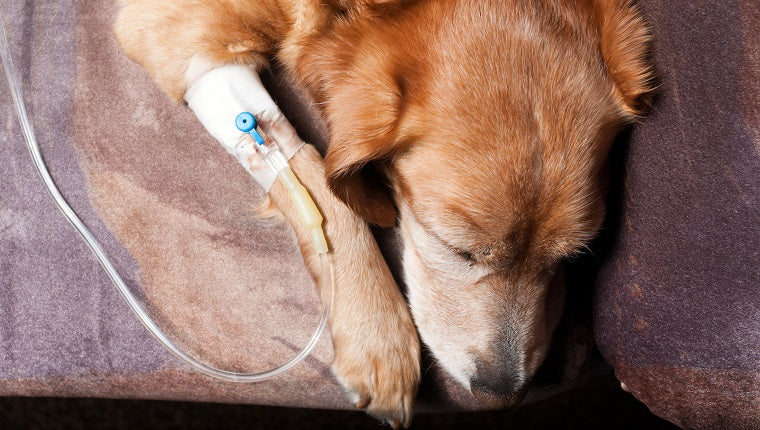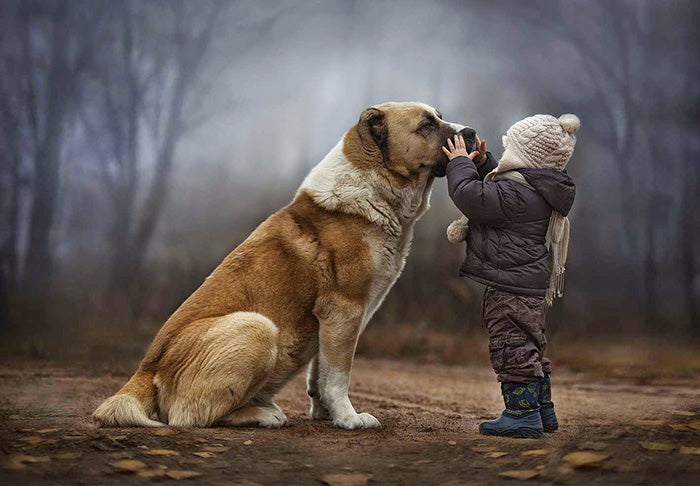A lot of people have made the great mistake of believing thirst and dehydration to be one and the same. It is indeed true that the thirsty feeling is one of the more common ways for our bodies to remind us about hydrating. However, dehydration is, in fact, one of the most fatal medical conditions that we know of and it does not necessarily have that thirsty feeling as a warning.
The medical term that we usually use to call dehydration, “low circulating blood volume“, may provide you with a more in-depth clue to the serious nature of this condition. The condition can reduce both the blood volume as well as intracellular fluids volume that is flowing everywhere in the body. In turn, this will result in the reduction of oxygen delivery toward organs and tissues. In addition, the waste product removal process can also be affected heavily.
There is also a chance that dehydration can throw the balance of electrolytes off, think potassium, sodium, magnesium, and calcium. This can interfere greatly with the regular functions of your body’s systems and organs. If your favorite pup is dehydrated and not quickly hydrated, then it can experience quite a quick death. More often than not, dehydration is a result of the pup’s body losing more fluid than it is taking in. This can also happen due to increased fluid loss by blood loss, diarrhea, and urination. For an ill pup, both of these conditions may appear.
After all, an animal dealing with pneumonia, or having diarrhea, or is vomiting, usually refuse to drink or even eat. Thus, they will not be able to keep up with the loss of fluids in their body.
Causes of Dehydration

This condition can be the result of quite a large amount of diseases or disorders. Any and all conditions which irritate or inflames any of the gastrointestinal tract regions, from its rectum to the mouth, can lead to fluid loss and then dehydration.
Some examples of this problem are fungal viral, or bacterial infection, ulcers, panting, excessive drooling, a digestive tract obstruction or even GI parasites. Diarrhea as well as vomiting, both can be caused any of these issues, are the primary causes for dehydration in the pups.
There are, of course, also other causes for fluid loss such as:
- Heat stroke
- Endocrine system diseases like Addison’s disease, diabetes insipidus, and diabetes mellitus.
- Ingestion of toxins like ethylene glycol, which is in antifreeze
- Kidney disease
For the most part, the most seen dehydration trigger for domesticated dogs is the fluid loss from the GI tract and/or the urinary. Sadly, there are still two perfectly preventable causes that are heat stroke, which sterns from the pup being left too long outside in hot weather, as well as toxin ingestion.
Symptoms and Signs of Dehydration

The symptoms that sterns from this condition are most likely from the body’s imbalance of electrolytes. They can indeed make some great impacts to virtually every single organ system present in the pup’s body. This includes the heart function, blood pressure, respiratory tract, kidneys, muscles, and central nervous system.
One of the easiest to spot sign is the skin “tenting”, which means that if you lift gently a little bit of skin at the pup’s back neck, then it will stay up just like a tent. If the pup is properly hydrated, its skin should snap immediately back. Of course, there are also other signs such as:
- Lethargy
- Panting
- Depression
- Quick weight loss
- Elevated heart rate
- Weak pulse strength/quality
- Sunken eyes
- Sticky, dry gums
- Vomiting
- Lack of appetite
- Diarrhea
Diagnosing Dehydration

Any kind of significant dehydration is quite easy for a qualified vet to see. Even in the case where it is not at all obvious immediately in the examination, due to it being so closely knitted with a lot of usual dog ailments, they may reasonably assume if a pup has been having diarrhea, vomiting, is not drinking or eating, then they are more often than not having dehydration.
The much harder challenge is to actually identify the dehydration’s underlying causes, as it will always be some symptom from another completely unrelated issue. Thus, the vet will have to run quite a string of tests just to be sure of the pup’s general health as well as the function of their organs. Then, they can deduct the dehydration existence.
Dehydration Treatment

The one goal of dehydration treatment is to literally replace all the lost fluids with new ones, which will correct the electrolyte abnormalities and then identify as well as resolve the cause underlying. A severely or even just moderately dehydrated pup will have to be hospitalized and then given IV fluids as well as a solution of electrolytes slowly during a time frame of 24 to 48 hours. This will, of course, be dependent on the dehydration level. The replacement rate of the fluid will be calculated from the dehydration severity as well as the overall health, weight, and size of the pup. If there is any other factor, they will also be accounted for.
Usually, the patients will get their blood pressure as well as heart rate monitored, including even body weight and urine output. After all, correcting the dehydration is all about administering the fluids back to your pup’s body.
Preventing Dehydration

Dogs are built to get the majority of the necessary water from their food. Thus, you should make sure that the meal you are preparing is appropriately balanced depending on the species. In addition, it must also be moisture-dense in nature. Of course, you should not rely on kibble, which does not as much moisture content.
After all, the average kibble possesses 11% of moisture. A normal diet for a dog should have 70%. Thus, if a pup is eating kibble mainly and not drinking extra water to prevent dehydration, then it is living in a constant state of dehydration on a low level.
You should keep in mind to leave a lot of bowls full of clean and filtered water in your house so that the pup will be encouraged to drink more. In addition, you should also remember to replace them regularly. If you can afford it, a pet water fountain is really a great thing.









